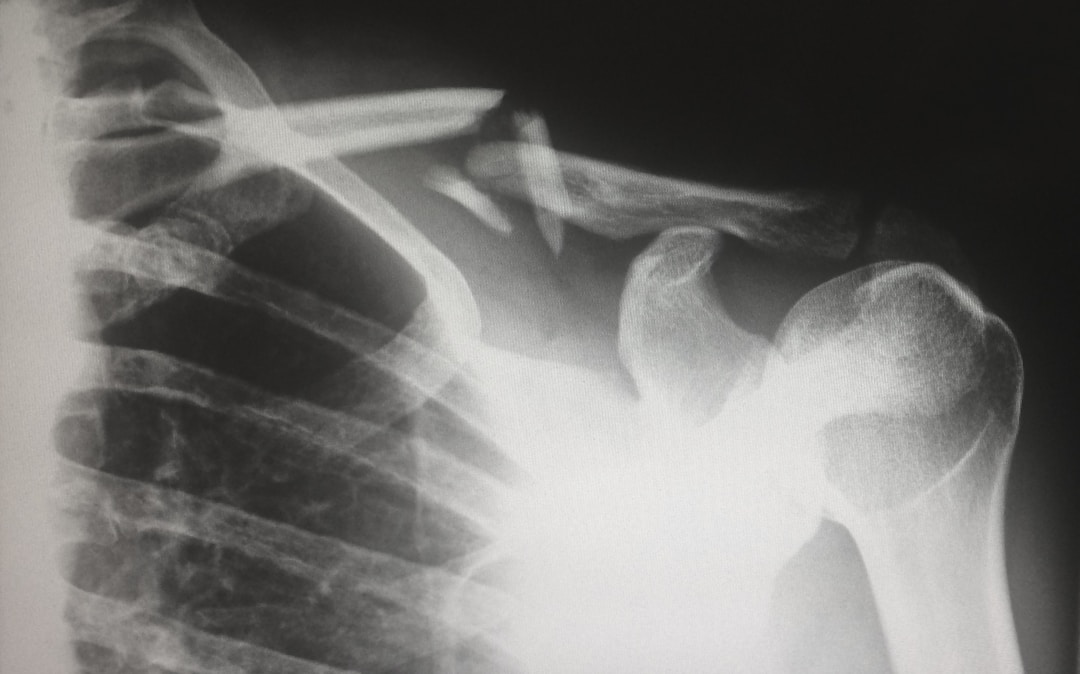What Is a Radiologic Technology Degree?
Anyone who has ever had an X-ray or imaging study has interacted with a radiologic technologist. Becoming a radiologic technologist requires a postsecondary certificate program, an associate degree, or a bachelor’s degree. Certain states require you to be licensed or certified, and most employers give priority to radiologic technologists who have undergone formal training and hold a certification.
What’s a Radiologist Technician?

A radiologist is a health care professional with the skills and training to use X-rays and other imaging technologies to help diagnose patients. Radiologist technicians are responsible for patient positioning and shielding them to ensure a proper image is taken. Those technicians with advanced training administer radiation therapy to treat cancer and other illnesses. Within health care, these technicians are also known as radiologic technicians and radiographers.
There are countless career paths to pursue within the health care field, many of which don’t require a medical degree. Choosing the right college and educational program that best fits your strengths and educational goals can be overwhelming. Working with a college consultant not only makes the college admissions process less daunting but also improves your success rate of gaining acceptance into top universities. Empowerly matches college applicants with the best college admissions consultants and dedicated case managers to provide peace of mind throughout the college applications and admissions process.
A college coach provides admissions committee reviews, college admissions counseling, essay editing, internship matching, and advice about financial aid and scholarships. The best way to improve your chances of gaining acceptance into your dream school is to work with an expert college consultant.
Roles and Responsibilities

Radiographers can either practice general radiography or pursue a specialist career in cardiac or vascular interventional radiography, computed tomography (CT), mammography, magnetic resonance imaging (MRI), nuclear medicine, or sonography. They are responsible for correct patient positioning to produce accurate image quality. There are several roles and responsibilities of a radiologic technician. They prepare patients for imaging by explaining the procedure and preparing them for testing. They review patient histories, charts, and doctor’s reports and keep images organized. Technicians are responsible for the calibration of radiology equipment, as well as staying current on radiation safety measures to protect against radiation exposure. Technicians ensure the clarity and image quality before relaying them to doctors, and they keep radiology equipment properly sterilized and stored.
There are many specialized, high-demand career paths in the medical field that require specific training, such as medical imaging. Pursuing a career in the radiologic technology profession can be rewarding for those who are detail-oriented, good with technology, and passionate about patient care. Students who earn their radiologic technology degree from Northwestern College will learn the fundamentals of the radiology field and be prepared to work in a range of health care settings.
The associate degree program features coursework in radiography, patient care, radiation protection, radiographic procedures, medical terminology, medical imaging, medical law and ethics, and anatomy and physiology. Upon earning a radiologic technology associate degree, students are qualified to sit for licensing exams, including the American Registry of Radiologic Technologists (ARRT) exam.
Work, Education, and Employment

Qualified radiologic technologists work in a variety of settings, including health care facilities, medical labs, clinics, doctor’s offices, and more. Some technologists specialize in imaging in operating rooms, emergency rooms, procedural suites, and specialized imaging departments. Becoming a radiologic technologist requires strong math, science, and critical thinking skills, as well as coursework in anatomy, physiology, computer science, biology, and more. Technicians do need to earn an associate degree or bachelor’s degree or complete a certification program. Upon completion of an accredited program, radiographers must pass the American Registry of Radiologic Technologists (ARRT) exam to become certified and registered as radiologic technologists.
Pursuing a career in radiologic technology can be a rewarding way to enjoy a medical profession without investing time and money into a medical degree.

